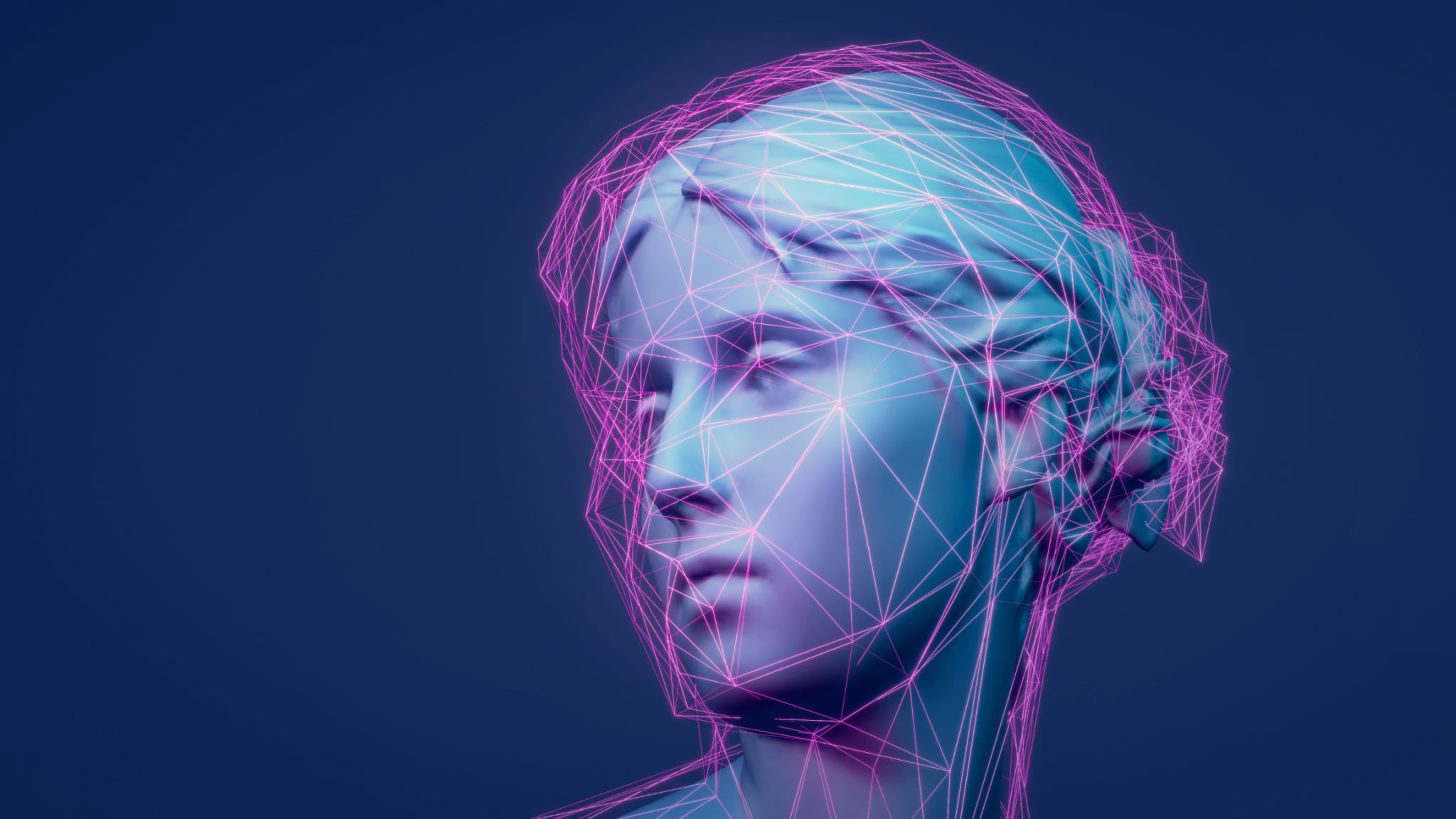How Hyper-Realistic 3D Avatars are Revolutionizing Online Advertising
Introduction to Hyper-Realistic 3D Avatars
In recent years, the digital advertising landscape has undergone significant changes, with hyper-realistic 3D avatars emerging as a groundbreaking tool in the field. These avatars are not just cartoonish representations but are lifelike and capable of mimicking human expressions and movements with remarkable accuracy. This advancement is transforming how brands engage with their audiences, creating more immersive and interactive experiences.

The Technology Behind 3D Avatars
The creation of hyper-realistic 3D avatars relies on cutting-edge technology that combines artificial intelligence, machine learning, and advanced graphics rendering. This technology allows developers to create digital personas that can be tailored to represent a diverse range of demographics and characteristics. The result is an avatar that can convey emotions and interact in real-time, providing a personalized experience for consumers.
AI and Machine Learning
AI and machine learning play a crucial role in developing these avatars. By analyzing vast amounts of data, these systems learn to replicate human behavior and adapt to various scenarios. This adaptability ensures that the avatars can be used effectively across different platforms and campaigns, offering brands a versatile tool for engagement.
Impact on Online Advertising
Hyper-realistic 3D avatars are revolutionizing online advertising by offering a more engaging way to connect with consumers. These avatars can be used in various formats, including social media ads, virtual try-ons for e-commerce, and interactive customer service interfaces. The ability to simulate human-like interactions makes advertising more relatable and can significantly increase consumer engagement and conversion rates.

Enhanced Personalization
With hyper-realistic 3D avatars, brands have the opportunity to create highly personalized content that resonates with individual consumers. These avatars can be customized to reflect the preferences, language, and even cultural nuances of target audiences. This level of personalization helps build stronger connections between brands and consumers, fostering loyalty and trust.
Challenges and Considerations
Despite their potential, the use of hyper-realistic 3D avatars in online advertising does come with challenges. One major consideration is the ethical use of this technology. Brands must ensure that avatars are used responsibly, respecting consumer privacy and avoiding misleading representations. Additionally, creating high-quality avatars requires significant investment in technology and expertise.

The Future of 3D Avatars in Advertising
The future of online advertising is likely to be heavily influenced by the continued development of hyper-realistic 3D avatars. As technology advances, these avatars will become even more sophisticated, offering new opportunities for brands to engage with their audiences in meaningful ways. The potential applications are vast, ranging from virtual reality experiences to augmented reality shopping tools.
Conclusion
Hyper-realistic 3D avatars are at the forefront of a new era in online advertising. By leveraging advanced technology to create lifelike digital personas, brands can connect with consumers on a more personal level than ever before. While there are challenges to address, the benefits of these avatars in creating engaging and immersive advertising experiences are undeniable. As this technology continues to evolve, it will undoubtedly shape the future of digital marketing.